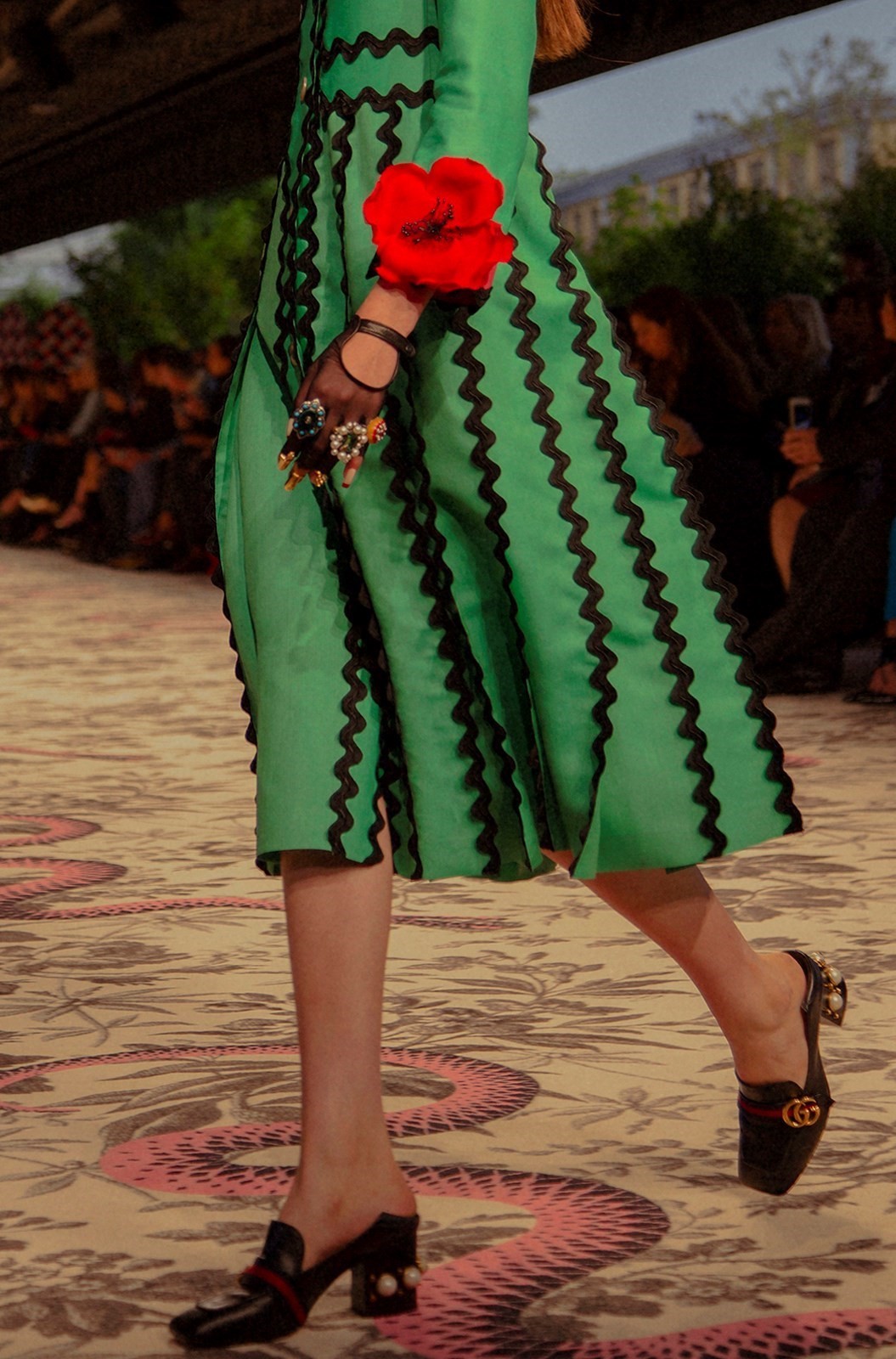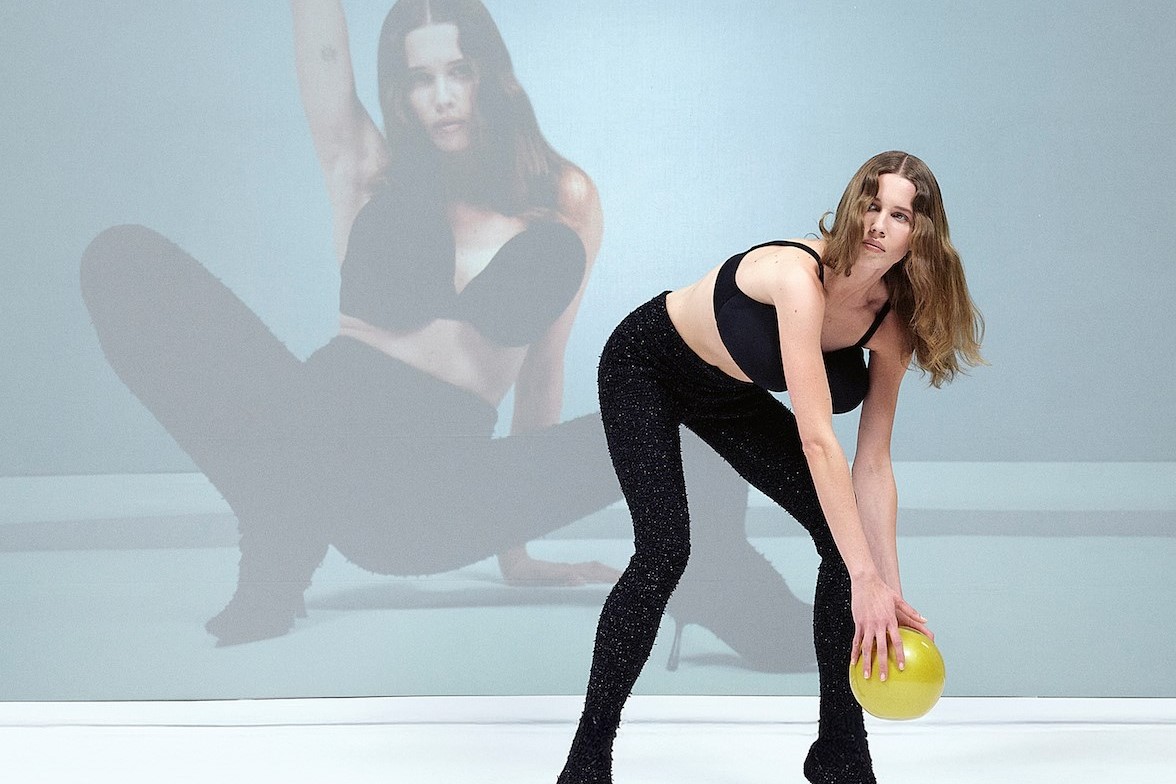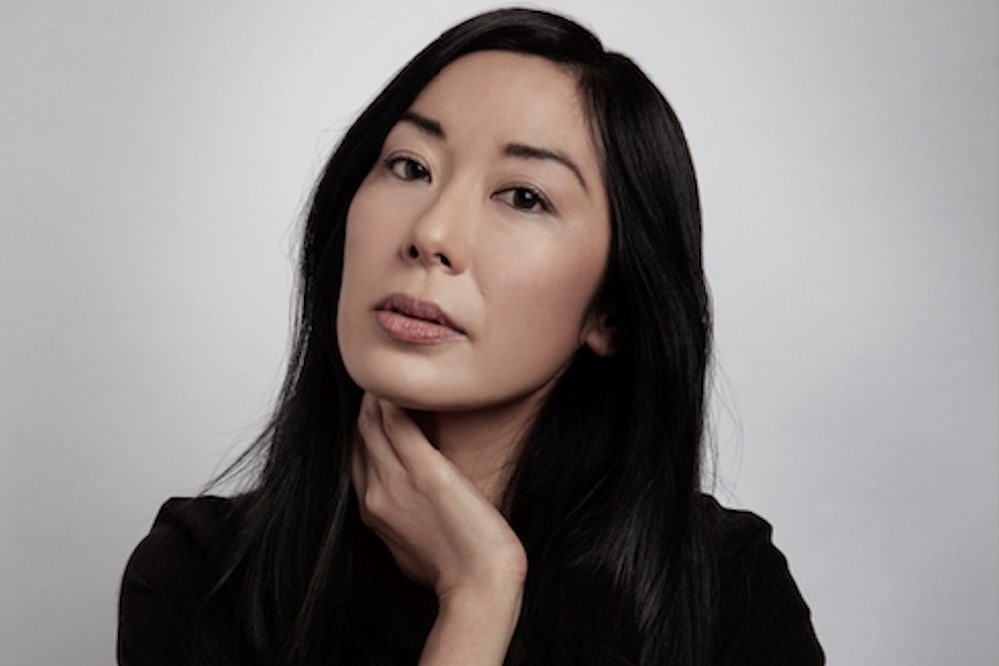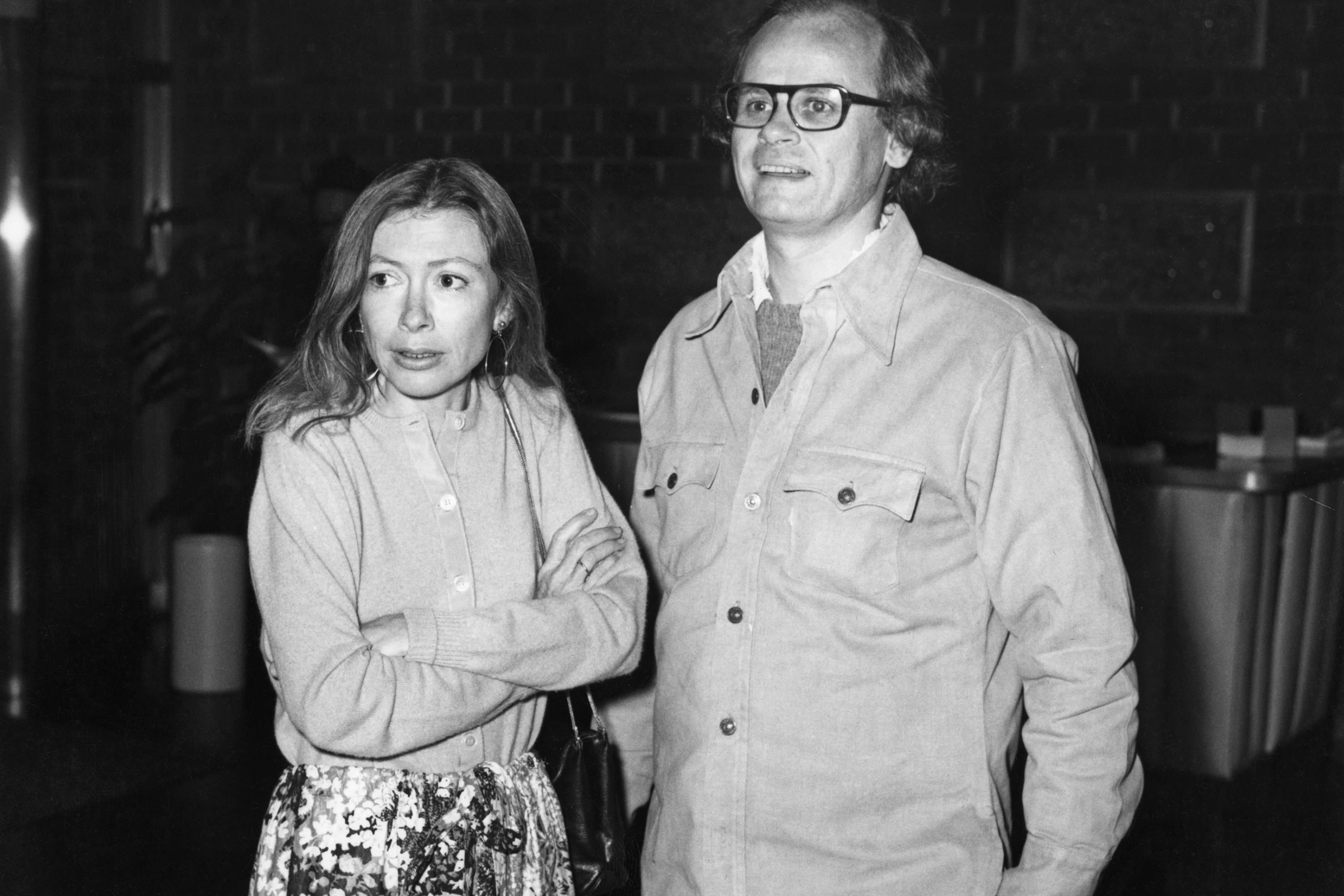The mule was a staple on the Spring/Summer 2016 catwalk; a controversial style loved by some, bemoaned by others. The origins of the word mule lie in Ancient Rome, where it was mulleus calceus (a red or purple shoe worn by the three highest magistrates), but the contemporary appropriation refers to a shoe that is backless and usually closed-toed. Originally worn within the bedroom, this style of shoe has a storied history and when Comtesse d’Olonne, the risqué society beauty, wore a soft red pair of mules to church in 1694 – daringly peeping from beneath her richly-embellished skirt – it paved the way for the style. They went on to become popular within the French Court, both Madame de Pompadour and Marie Antoinette donning variations throughout the eighteenth century, inspiring Manolo Blahnik to ask "When you walk in mules, you walk a bit differently. It’s very sexy to me; you have to get your balance… Madame de Pompadour in her mules, walking around Versailles, click click click… Can you think of anything more exquisite?" Here, we chart the shoe's journey from the boudoir to the runway...

Jean-Honoré Fragonard, The Swing, 1767, The Wallace Collection
The sitter’s leg extends, the fluid motion of a swing propelled by her lover forcing her mule to fly from her delicate foot. As we follow the soft pink shoe in flight, we become aware of the gentleman sat at the base, peering wantonly beneath the frothy frills of her fashionable, typically Rococo, gown. The Rococo period, an eighteenth-century artistic movement and style, was characterised by a jovial, ornate and graceful approach, countering the Baroque period that came before it. The mule within this scene is steeped in symbolism, the joie de vivre of the period encapsulated in a style of footwear that could be slipped off at any moment. Harking to its origins in the bedroom, the slippers presented an underlying eroticism.
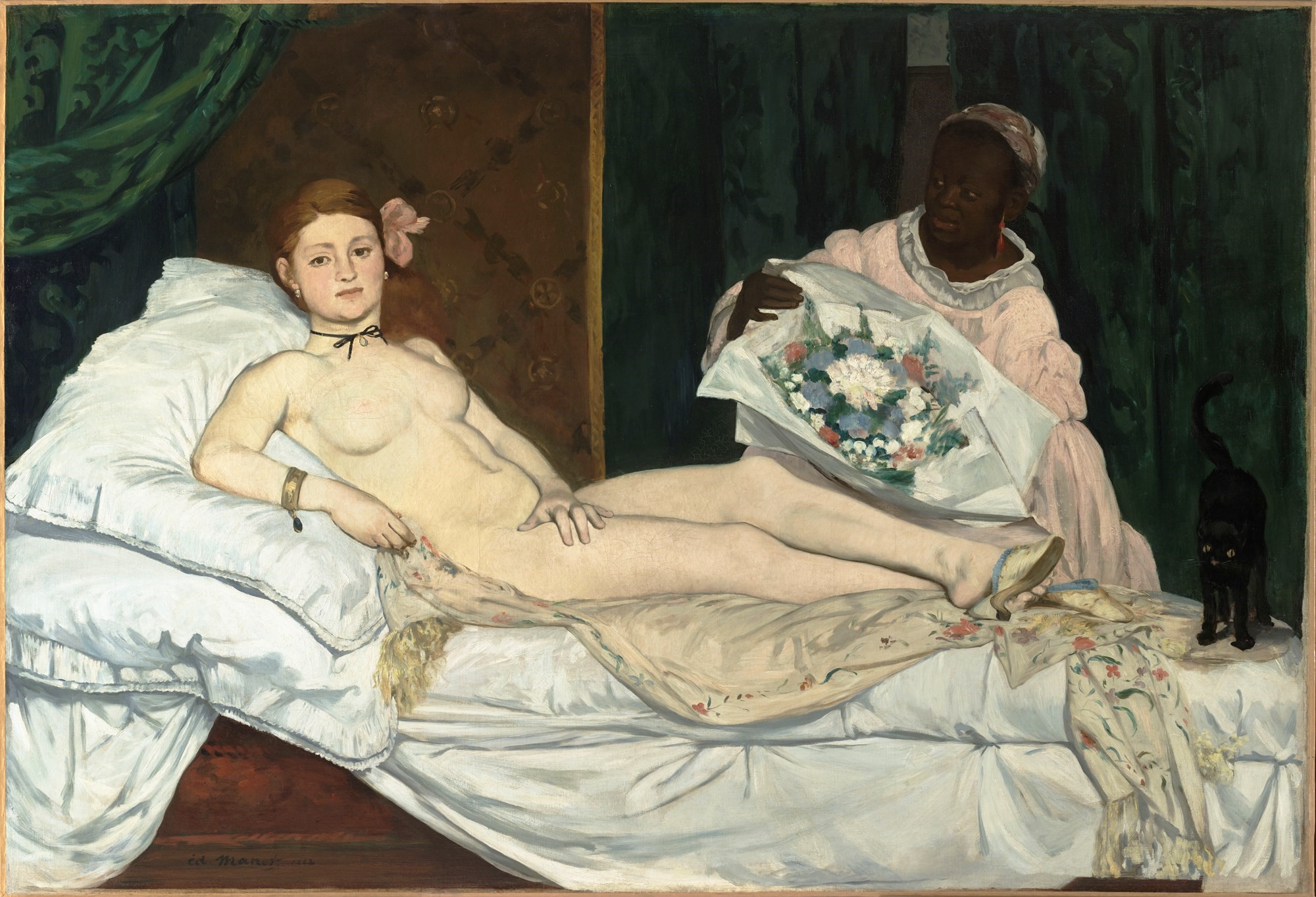
Edouard Manet, Olympia, 1863, The Musée d’Orsay Collection
Olympia stares confrontationally at the voyeur, her naked body accessorised only by a bracelet, a bootlace around her neck, a flower tucked behind her ear and yellow silk mules, one nonchalantly kicked from her right foot. When first exhibited at the Paris Salon in 1865 it caused outrage – Olympia acknowledged as a prostitute’s name left the voyeur feeling uneasy. Manet was a Realist, and by this point the mule was associated with prostitution – it is these signs and symbols that resulted in a work so reviled that it had to be hung high to prevent its destruction. Jonathan Jones in 2002 described the shoes as "trashy" continuing "We are still challenged by Olympia: she is so depthless that the eye cannot wander the picture as if in a painterly dream world. We glance from detail to detail, trying to make sense of the whole, yet always come back to a world fragmented, an eroticism of blunt fact."
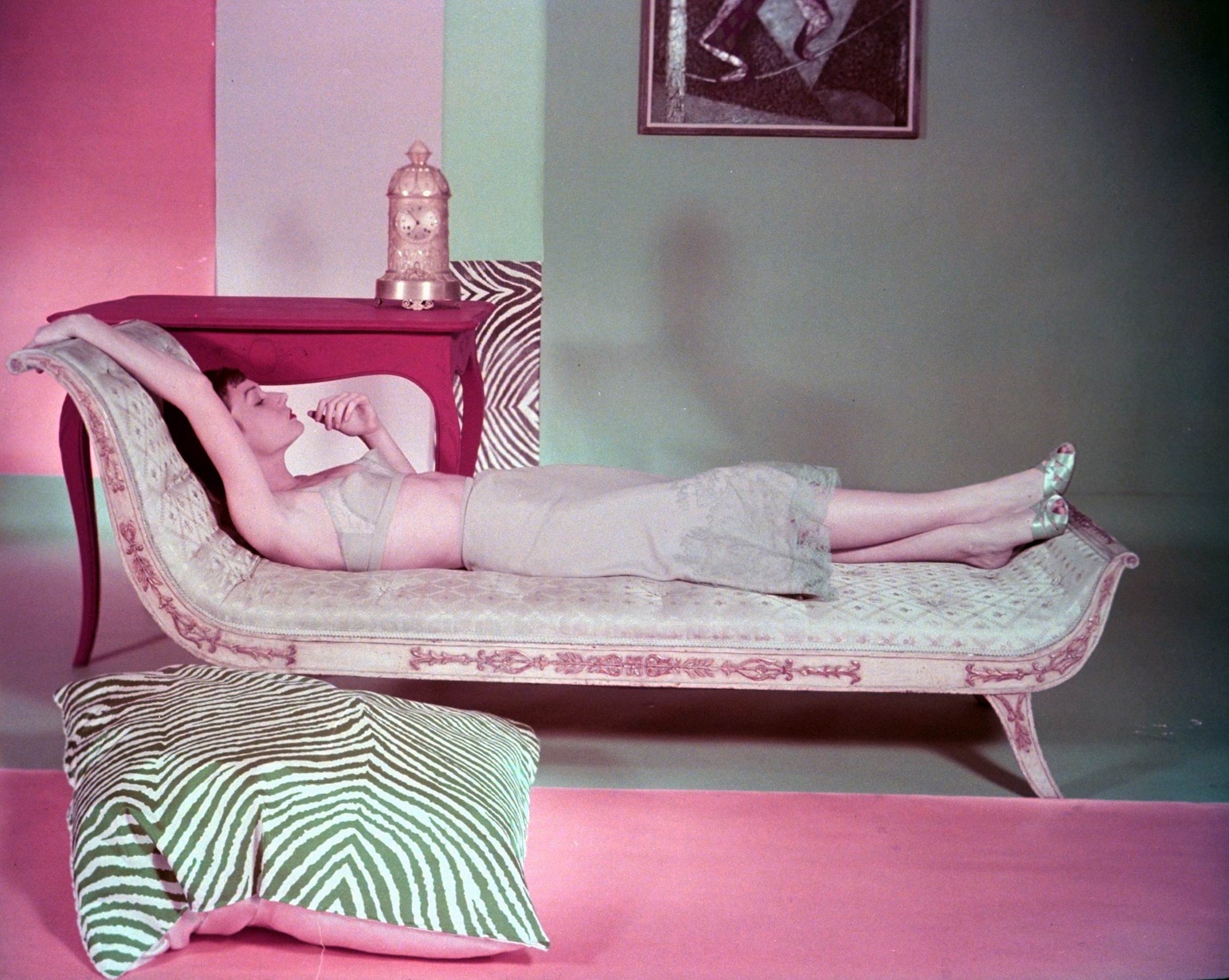
Horst, Vogue, February 1949
The model reclines on a chaise longue; one arm tucked on the wooden frame with the other she applies lipstick, possibly in preparation for a lover. She takes a similar pose to Olympia yet her body is dressed in a powder blue lingerie ensemble, with floral detailing, paired with the same hued satin silk-heeled mules. Styled by Vogue in this shoot about modern underwear titled ‘New Fashions Beneath', the mule stays within the boudoir. The style, however was experiencing a rise within popular fashion and by the 1950s it was favoured by Hollywood pin-ups, such as Marilyn Monroe. These beauties, who were famed for their alluring bodies meant the style – so easy to slip off – became a fashion staple.
